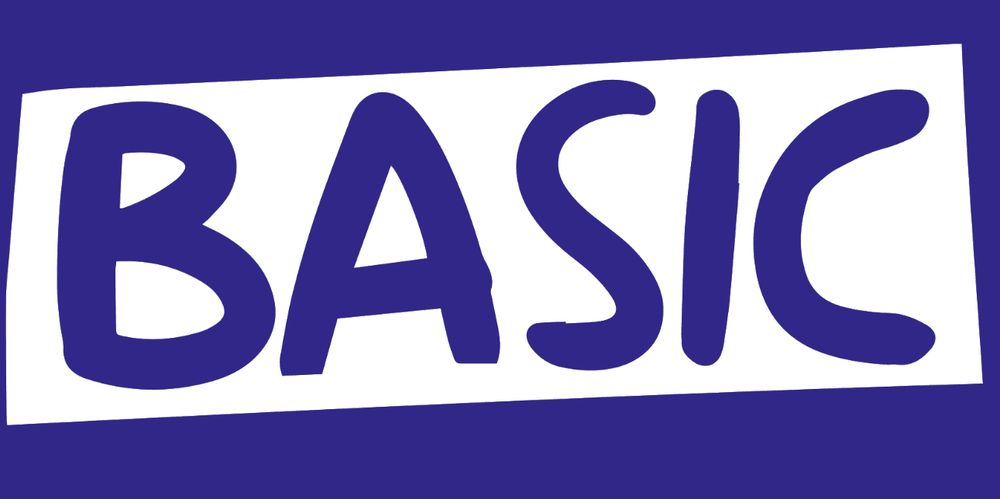Invoice and Debtor Finance For Small Business
Unlock your invoice value up to $20 million

What is invoice finance?
Invoice finance, also known as debtor finance, is a popular alternative finance option that allows businesses to borrow against the value of their outstanding invoices.
Where invoice finance becomes applicable for you and is a good fit;
1. You have payment terms with your clients of 30,60, 90 days or more
2. You find yourself needing cashflow support between the payment runs with your clients
3. You have ambitions to scale but lack the assets to secure finance against to achieve bigger loan amounts.
Lend’s data shows that 1 in 3 trade or construction businesses utilise invoice finance today with almost all of them preferring this method of funding to traditional overdrafts or business loan facilities.
The costs associated range from 3% to 8% of the invoice value (much cheaper than a bank loan) and only secured against the invoice itself.
How debtor finance works

The basics...
The business has the ability to secure funding against the outstanding invoices to their clients. The cash advance rate of these invoices can be up to 90%, but most facilities sit at around 80%. Depending on the product and lender, you may still be responsible for ensuring the invoices are paid, but some lenders will take ownership of this process for you.

Who’s eligible for invoice finance?
Invoice finance is available to Australian businesses that have:
- An active ABN or ACN
- A minimum of $1,000 in outstanding invoices per month
- Customers must be invoiced after the goods or services are provided
- At least six months of trading history

How much can you borrow with invoice finance?
Invoice financing facilities range from $1,000 and up to $1million. The amount you can borrow can’t exceed the value of your invoices (minus the factor’s fee)

Invoice finance rates (factor fees)
Invoice factor fees are calculated as a percentage of the invoice amount — usually between 3% and 8%. There may be other costs such as admin charges, invoice processing fees, money transfer fees, etc.
Fees will vary between lenders and conditions specific to your business and customers, including the volume and value of invoices you’re factoring, the creditworthiness of your customers, your industry and business model, the payment terms (you’ll pay more for an invoice due in 90 days than one payable within 30 days).
Pro tip: Invoice factoring is not confidential by default, so choose your provider carefully if you don’t want customers notified of the financing arrangement. Please ask our team for more clarity around what products do or don’t have these requirements.
Invoice finance example
1
Invoice client
You send an invoice to a client for $20,000 & submit the invoice to the factor (lender) usually via an online portal
2
Invoice verified
The factor company checks the invoice and verifies you supplied the goods or services listed
3
Receive funds
The factor pays you 80% ($16,000) portion of the invoice amount in advance
4
Client pays
Your client makes payment for the full invoice invoice amount
5
Remaining funds released
The factor pays you the remaining invoice amount minus their fees
Types of invoice factoring in Australia
Recourse factoring
This is the most common type of invoice factoring whereby your business remains responsible for any invoices your customers fail to pay.
In this case, you would buy back the outstanding receivables and chase up the debt(s) yourself. Recourse factoring is usually cheaper and easier to access than non-recourse factoring because your business carries the debt risk. The factor does not take on the risk of bad debts.
Non-recourse factoring
This is when you sell the debt and risk to the factor, so the factoring company becomes responsible for pursuing customers who still need to make their payments.
In exchange, they charge you a higher fee and may impose stricter criteria for your invoices and customers. Only some factors will offer this option, and it’s likely that it will only be offered for invoices where customers have a solid credit record.
Whole ledger factoring vs spot factoring
Whole ledger factoring, also known as whole turnover factoring, allows your business to draw down funds against your entire accounts receivable (often with a discount).
Spot factoring allows you to pick and choose which invoices you want to sell or sell individual invoices, giving you much more flexibility (often at a higher cost).
Invoice factoring vs invoice discounting
Invoice factoring is when you sell your unpaid invoices to a factoring company outright, while invoice discounting works similarly to a loan secured against your outstanding invoices.
This is an important distinction because invoice discounting allows for confidentiality (since you retain ownership of your invoices), while factoring is harder to hide from your customers.
Pros and cons of invoice finance
Pros
• Fast access to cash
You can get funds within minutes of submitting an invoice to the lender.
• Flexible collection options
You can choose to handle debt collection yourself or let the factor manage it.
• Usually confidential
Most arrangements are private — your clients won’t know you’re using finance.
• Bad credit? No problem
Approval is based on your customers’ credit ratings, not yours.
• No debt involved
It’s not a loan, so there’s no interest, no repayments, and nothing on your balance sheet.
• Improves cashflow flexibility
Instant funds let you offer longer payment terms to clients or suppliers.
• Pick and choose invoices
Some providers let you decide which invoices to finance and when.
• Quick and easy setup
Minimal paperwork and fast approval make it accessible for many businesses.
Cons
• Higher cost than loans
Fees and charges can add up quickly, making it more expensive than secured finance.
• Reduced profit margins
You won’t receive the full invoice value, which eats into your margins.
• Customer relationships at risk
Some providers may use aggressive debt collection practices.
• Reliant on client credit
If your customers have poor credit, it may limit your funding options.
• You may need to buy back invoices
With recourse factoring, you’re liable for invoices the factor can’t collect.
• Seasonal limitations
Access to funds may drop during off-peak trading periods.
• Exiting can be costly
Ending a factoring agreement may require repurchasing unpaid invoices.
• Ongoing liability with recourse
You take on the risk if your clients fail to pay their invoices.
• Risk of restrictive contracts
Some providers may lock you into minimum volume agreements with exit penalties.
How to apply for invoice finance
When applying for invoice finance, you’ll need to collate and provide a couple of documents;
- Identification documents for yourself and any other directors of the business
- Your ABN details for the business you wish to apply under
- Aged payable and receivable ledgers
- Financial statements for the last two years and interims year to date if available
- In some cases some lenders may request access to your accounting software, be prepared for this request
- Business bank statements, use our Ilion integration to quickly upload these when you apply
Invoice finance is a great way to get continuous access to capital for your business, without the need to reapply constantly. Although the initial set up can be slightly longer than a traditional business loan, the long term benefits certainly outweigh the initial time required to set up the facility.
Note: Remember to ask our team about invoice finance options regarding product features such as no bank statement change required and accounting software connections.
Who offers invoice factoring?
Both banks and an ever-growing number of small business online lenders offer invoice factoring. Some online lenders specialise in invoice factoring and offer more flexibility with single invoice finance. Other finance providers will offer a full suite of business finance options alongside invoice factoring, including a business line of credit or unsecured business loans.
Compare invoice finance options
Lender | Advance on invoice | Facility limit | Terms |
|---|---|---|---|
ABR Finance | 70-80% | Upto $300K | 30-90 days |
Invoice Money | Up to 90% | Upto $1m | 14-90 days |
Early Pay | 80-90% | Upto $15m | 30-90 days |
Butn | Up to 85% | Upto $5K | 30-90 days |
A Positive Workforce Finance | Up to 100% | Upto $20m | 30-120 days |
Moneytech | Up to 90% | Upto $20m | 30-120 days |
Octet | Up to 85% | Upto $20m | Determined on application |
More info about invoice finance
FAQs
Invoice finance is not confidential by default, so be sure to speak to your provider if you’re concerned about it. Generally, standard factoring will indicate to customers their invoices have been sold. However, there are plenty of companies that offer confidential invoice finance facilities.
In most invoice finance facilities, this burden sits with the client in getting paid. However, invoice factoring companies often take ownership of this process which for some companies is a selling point them when choosing what type of product they prefer.
Your factoring company should make every effort to collect invoice payments on your behalf, Depending on the product and the company you’re working with, the outcome will be different.
Most invoice finance companies provide and undertake what is called Trade Credit Insurance. This protects not only them but the business owner in the event a debtor cannot repay the monies owed to them.
Some companies may require the business to cover the costs of unpaid invoices, but this is more aligned with invoice factoring vs invoice finance.
Ready to get started?
See your best invoice finance options
Our promise: no credit score impact